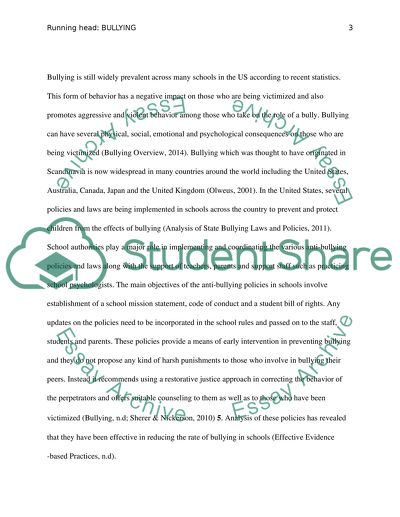Cite this document
(“Bullying Essay Example | Topics and Well Written Essays - 2000 words - 2”, n.d.)
Retrieved from https://studentshare.org/miscellaneous/1641052-bullying
Retrieved from https://studentshare.org/miscellaneous/1641052-bullying
(Bullying Essay Example | Topics and Well Written Essays - 2000 Words - 2)
https://studentshare.org/miscellaneous/1641052-bullying.
https://studentshare.org/miscellaneous/1641052-bullying.
“Bullying Essay Example | Topics and Well Written Essays - 2000 Words - 2”, n.d. https://studentshare.org/miscellaneous/1641052-bullying.


